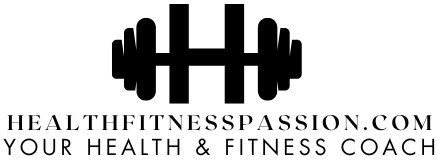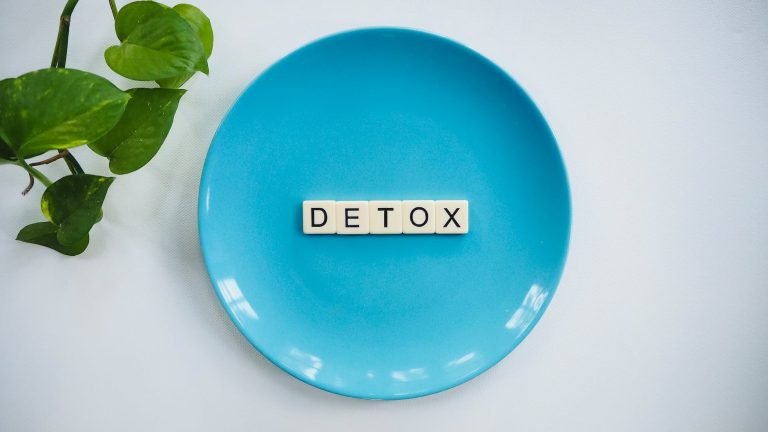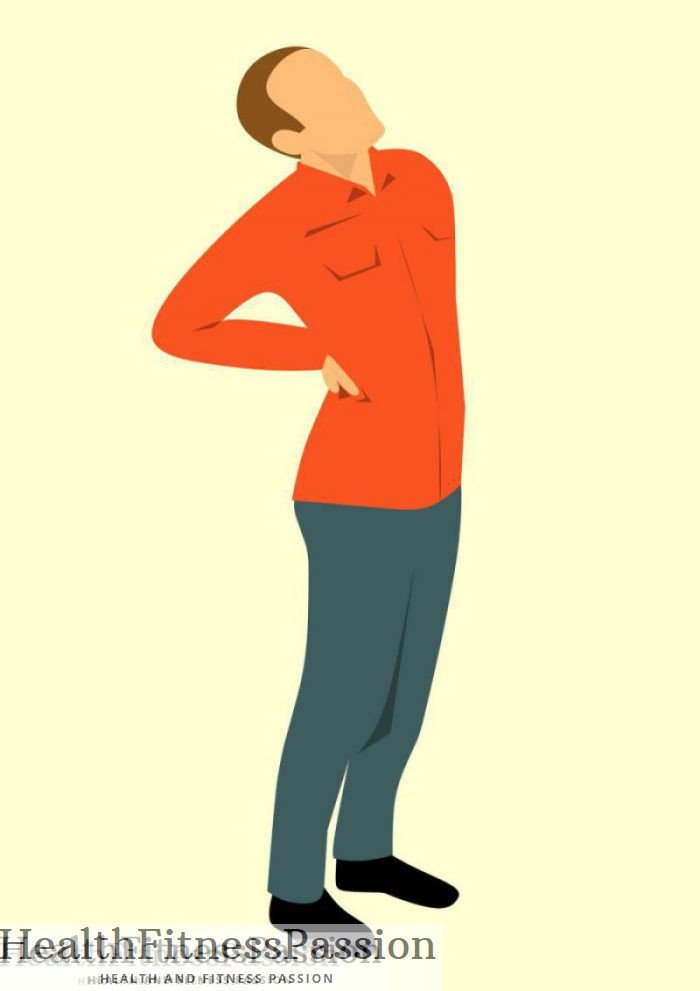Yeast Infections: Causes, Symptoms, Home Remedies, and Treatment
What is the main cause of yeast infection
A yeast infection, also known as candidiasis, is caused by an overgrowth of the Candida fungus. Although Candida occurs naturally in the body, certain factors can cause an overgrowth that can lead to a yeast infection. The main cause of yeast infections is an imbalance of the body’s normal microorganisms.
Some common causes of yeast infections include:
Antibiotics: Antibiotics can disrupt the balance of bacteria in the body, allowing Candida to grow out of control.
Weakened Immune System: A weakened immune system can make it harder for the body to fight Candida, allowing it to grow and cause infection.
Diabetes: High blood sugar can create an environment that favors the growth of Candida.
Pregnancy: Hormonal changes during pregnancy can affect the balance of microorganisms in the body, increasing the risk of yeast infections.
Sexual activity: Sexual activity can introduce bacteria into the vagina, which can upset the natural balance and cause Candida to overgrow.
Contraceptives: Contraceptives containing estrogen can change the pH of the vagina, making it more susceptible to yeast infections.
Tight Clothing: Tight clothing can create a warm, moist environment that encourages Candida growth.
Although yeast infections can be unpleasant and uncomfortable, they are usually not serious and can be effectively treated with antifungal medications or home remedies.
The symptoms of a yeast infection can vary depending on the severity of the infection and the site of the infection. In some cases, a yeast infection may not cause noticeable symptoms. But in severe cases, the following symptoms may occur:
Vaginal itching and pain: This is one of the most common symptoms of a yeast infection. The vulva and vagina may swell and itch, and you may feel burning or pain.
Pain during sex: Sex can be painful and uncomfortable due to inflammation and irritation caused by a yeast infection.
Abnormal vaginal discharge: You may notice a thick white discharge that resembles cottage cheese. The discharge may have a strong, unpleasant odor.
Painful urination: Urination can be painful or unpleasant due to irritation and inflammation of the vagina and external genitalia.
Redness and swelling: External birthmarks may be red, swollen, and tender to the touch.
Rash: A rash may develop on the affected area, which may be itchy and uncomfortable.
Oral thrush: When yeast is in the mouth or throat, white spots may appear on the tongue, gums, and inside of the cheeks. You may also have difficulty swallowing or a burning sensation in your mouth
Penile yeast infection, also known as a male yeast infection or thrush balanitis, is a fungal infection that affects the penis. It is caused by an overgrowth of Candida fungi, which usually live in small amounts on the skin and in the body. Penile yeast infections are less common than vaginal yeast infections, but they can occur in men of any age.
Symptoms of a penile yeast infection may include itching, redness, and tenderness of the penis, as well as pain or burning during urination or sex. Men with a penile yeast infection may also develop a thick white discharge under the foreskin.
Penile yeast infections can be treated with antifungal medications, either topical creams or oral tablets, or home remedies, but it’s important to see a doctor for proper diagnosis and treatment, as some other conditions, such as STDs (Sexually Transmitted Diseases), can cause similar symptoms.

What cures yeast infection fast?
Yeast infections can be uncomfortable and inconvenient, but fortunately, there are several treatments (1,2) available that can help to alleviate symptoms and cure yeast infections.
- Over-the-counter antifungal medications: These medications, such as clotrimazole, miconazole, or terbinafine, are available in creams, ointments, or suppositories, and can be applied directly to the affected area. They work by killing the yeast causing the infection and can provide relief within a few days.
- Prescription antifungal medications: If over-the-counter treatments don’t work, your doctor may prescribe a stronger antifungal medication such as fluconazole. This is usually taken orally and can provide relief within a few days.
- Probiotics: Probiotics are good bacteria that help to restore the balance of yeast and bacteria in the body. You can take probiotics in the form of supplements or eat foods that are rich in probiotics, such as yogurt or kefir.
- Avoiding certain foods: Yeast infections can be caused or worsened by consuming foods that are high in sugar or yeast. Limiting your intake of these foods can help to prevent future infections.
It’s important to note that while these treatments can provide relief and cure a yeast infection, it’s also important to practice good hygiene and to avoid behaviors that can increase your risk of getting a yeast infection, such as wearing tight-fitting clothes or using scented hygiene products.
Natural Home remedies for yeast infection
There are several home remedies that may help alleviate the symptoms of a yeast infection, although it’s important to note that these remedies may not cure the infection completely. If your symptoms persist or worsen, it’s important to consult a healthcare professional for proper diagnosis and treatment. Here are a few home remedies that may help:
- Yogurt: Yogurt contains live cultures of Lactobacillus acidophilus, which are beneficial bacteria that can help restore the balance of bacteria in your body. You can apply plain unsweetened yogurt to the affected area or eat yogurt as part of your regular diet.
- Coconut Oil: Coconut oil has natural antifungal properties that can help fight yeast infections. Apply coconut oil directly to the affected area or use it as a cooking oil or in smoothies.
- Tea Tree Oil: Tea tree oil has antifungal properties that can help fight yeast infections. Dilute tea tree oil with a carrier oil such as coconut oil or olive oil before applying it to the affected area.
- Garlic: Garlic has natural antifungal properties that can help fight yeast infections. You can eat garlic raw or take garlic supplements or place garlic in your vagina for several hours.
- Apple Cider Vinegar: Apple cider vinegar has acidic properties that can help balance vaginal pH and fight yeast infections. Add a cup of apple cider vinegar to a warm bath and soak for 20-30 minutes.
- Avoid certain foods: Eating foods rich in sugar or yeast can cause or worsen yeast infections. Limiting your intake of these foods can help prevent future infections.
- Probiotics: Probiotics are beneficial bacteria that help maintain the balance of microorganisms in the body. Eating foods containing probiotics, such as yogurt and kefir, or taking probiotic supplements can help prevent and treat yeast infections.
It’s important to note that while these remedies may help alleviate symptoms, they are not a substitute for proper medical care.
How much water to drink to flush out yeast infection
Drinking plenty of water is important for overall health and can also help to flush out a yeast infection by promoting urination and helping to eliminate toxins from the body. However, there is no specific amount of water that is recommended to treat a yeast infection.
In general, it’s recommended that adults drink at least 8-10 glasses (64-80 ounces) of water per day. However, the amount of water you need can vary depending on factors such as your body weight, activity level, and climate.
It’s also important to note that while drinking water can be helpful, it’s not a substitute for proper medical care. Drinking plenty of water, in combination with other treatments such as antifungal medications or home remedies, can help to alleviate symptoms and speed up the healing process.
The healing signs of a yeast infection can vary from person to person, but generally, you should start to see improvement in your symptoms within a few days of starting treatment. Some of the signs that a yeast infection is healing include:
- Reduced itching and discomfort: As the antifungal medication or home remedies begin to work, you should notice a reduction in itching, soreness, and general discomfort in the affected area.
- Normalization of vaginal discharge: The thick, white discharge associated with a yeast infection should begin to dissipate and return to its normal consistency and color.
- Decrease in redness and swelling: The vulva should begin to look less inflamed and swollen as the infection begins to clear up.
- Improvement in other symptoms: If you were experiencing pain during sex or painful urination, you should notice an improvement in these symptoms as the infection clears up.
- Relief of other symptoms: If you had oral thrush or a rash caused by yeast infection, these symptoms should begin to improve as well.
It’s important to complete the full course of treatment, even if your symptoms improve before the treatment is finished, to ensure that the infection is completely cured. If your symptoms do not improve within a few days of starting a treatment or if they get serious, you should consult a professional doctor for further evaluation and treatment.







